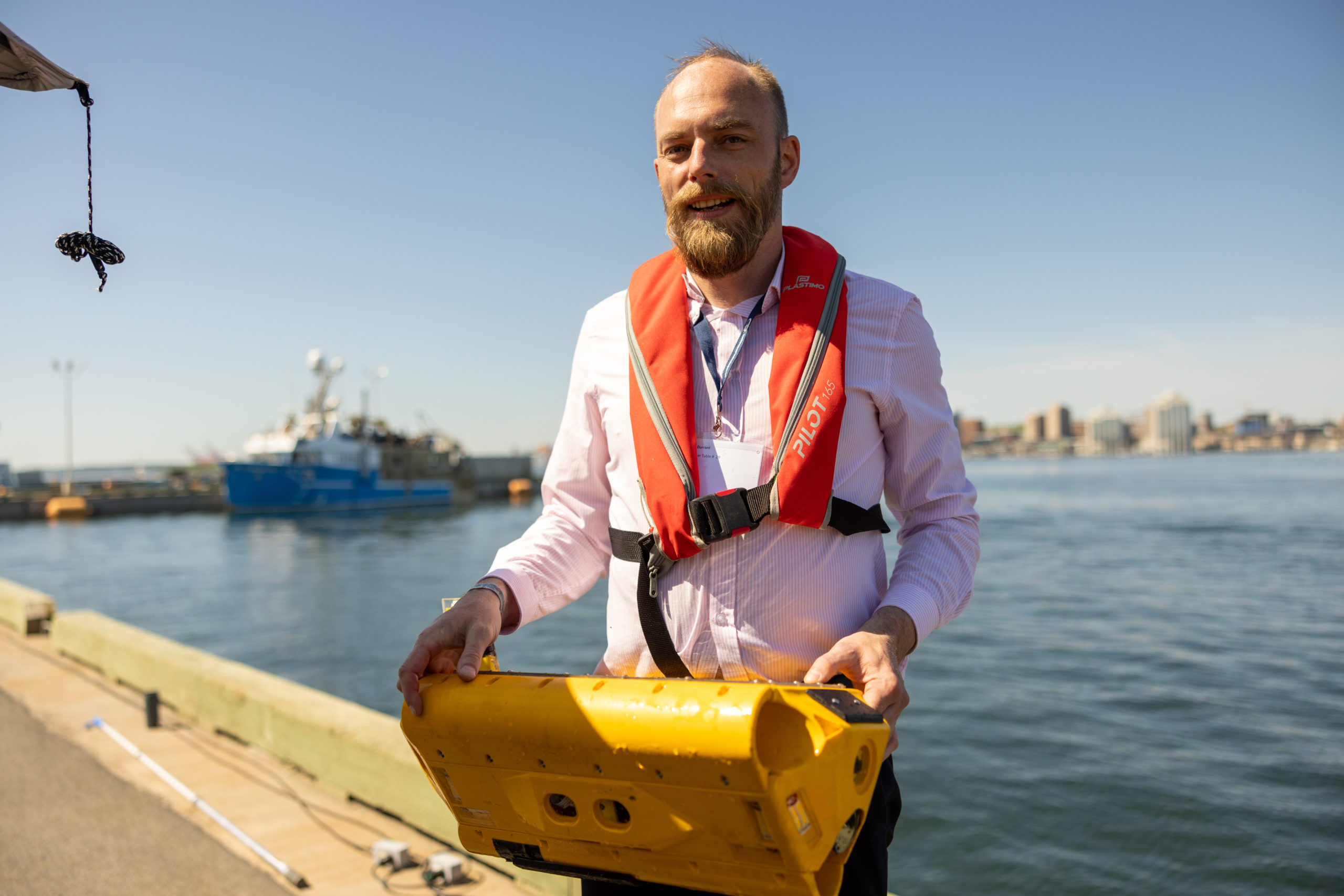Introduction: AUVs, fully autonomous and untethered, can traverse the ocean depths without human intervention, distinguishing them from ROVs that rely on external control through cables. The cornerstone of AUV autonomy lies in their advanced sensors, state-of-the-art navigation systems, and highly efficient propulsion mechanisms. AUVs operate independently, free from the physical constraints of cables that tether ROVs to the surface. This freedom allows AUVs to explore vast underwater territories, guided solely by their sophisticated onboard technology. AUVs are at the forefront of underwater technology, featuring advanced sensors that gather a wealth of data during their missions. Their streamlined designs enable efficient movement through water, making them versatile tools for exploring complex underwater environments. AUVs boast a wide array of applications that contribute to scientific research, environmental monitoring, industry, and more. They have become indispensable in various fields, each benefiting from their unique capabilities. Seeing that, one of the most remarkable aspects of AUVs is their ability to reach extreme depths, going far beyond the capabilities of human divers. This unmatched capability enables researchers to unlock the mysteries of the deep ocean, revealing secrets hidden beneath miles of water. Indeed, AUVs play a vital role in environmental monitoring. They collect essential data on water quality, temperature, chemical composition, and marine ecosystems. This data aids in climate research, ecological studies, and understanding the impact of human activities on aquatic environments. To clarify, In the realm of search and salvage operations, AUVs shine. They can locate and recover lost objects, shipwrecks, or debris from the ocean floor. Furthermore, this capability is invaluable for both salvage operations and historical preservation. The oil and gas industry has adopted AUV technology for tasks such as pipeline inspections, seabed mapping, and monitoring underwater infrastructure. AUVs provide cost-effective and efficient solutions for maintaining underwater facilities. As a result, Scientific research greatly benefits from AUVs. Because they enable the study of marine life, underwater geology, volcanic activity, and submerged archaeological sites. Researchers can gather data and images from deep-sea ecosystems that were previously inaccessible. In conclusion, Automated Underwater Vehicles actively advance underwater exploration and offer unparalleled opportunities for uncovering the ocean’s mysteries. Their expanding roles in scientific discovery, environmental protection, and industry underscore their significance in the world of marine technology. Moreover, As technology continues evolving, AUVs poised to further expand underwater exploration and understanding.
What are Automated Underwater Vehicles?
Automated Underwater Vehicles (AUVs) revolutionize underwater exploration, differing significantly from remotely operated vehicles (ROVs). These autonomous marvels navigate underwater independently, making significant strides in various domains.Understanding AUVs:
What are Automated Underwater Vehicles and the Differences from ROVs:
AUV Technology:
What are the opportunities of Automated Underwater Vehicles Application:
Exploration Beyond Limits:
Environmental Monitoring:

Search and Salvage:
Oil and Gas Industry:
Innovations in Science:
Conclusions to draw from What are Automated Underwater Vehicles:
